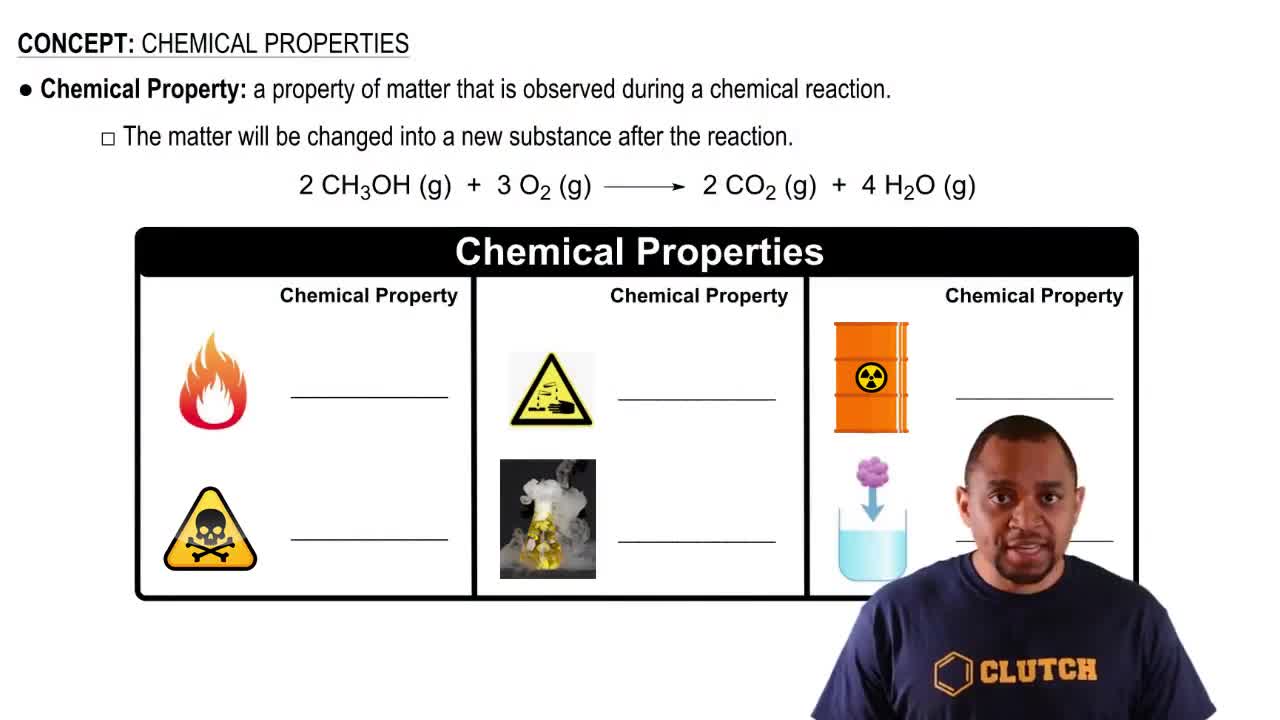Here are the essential concepts you must grasp in order to answer the question correctly.
Chemical Reaction Progress
Chemical reactions involve the transformation of reactants into products over time. The progress of a reaction can be visualized by tracking the concentration or number of reactants and products at various time intervals. Understanding this concept is crucial for predicting the amounts of A and B molecules at a specific time, such as t = 3 min.
Recommended video:
Stoichiometry
Stoichiometry is the quantitative relationship between reactants and products in a chemical reaction. It allows us to calculate the amounts of substances consumed and produced based on balanced chemical equations. In this context, knowing the stoichiometric coefficients can help determine how many A molecules convert to B molecules over time.
Recommended video:
Reaction Rate
The reaction rate refers to the speed at which reactants are converted into products. It can be influenced by factors such as concentration, temperature, and catalysts. Understanding the reaction rate is essential for predicting how the number of A and B molecules changes over time, particularly at the specified time of 3 minutes.
Recommended video:




